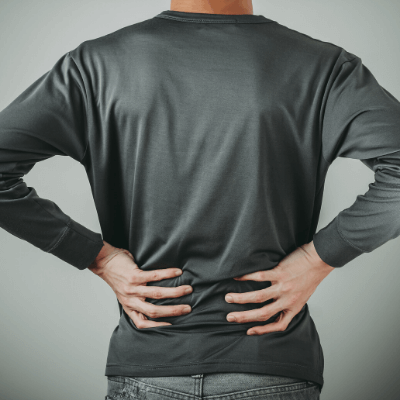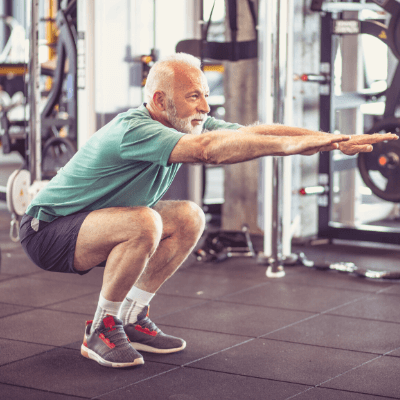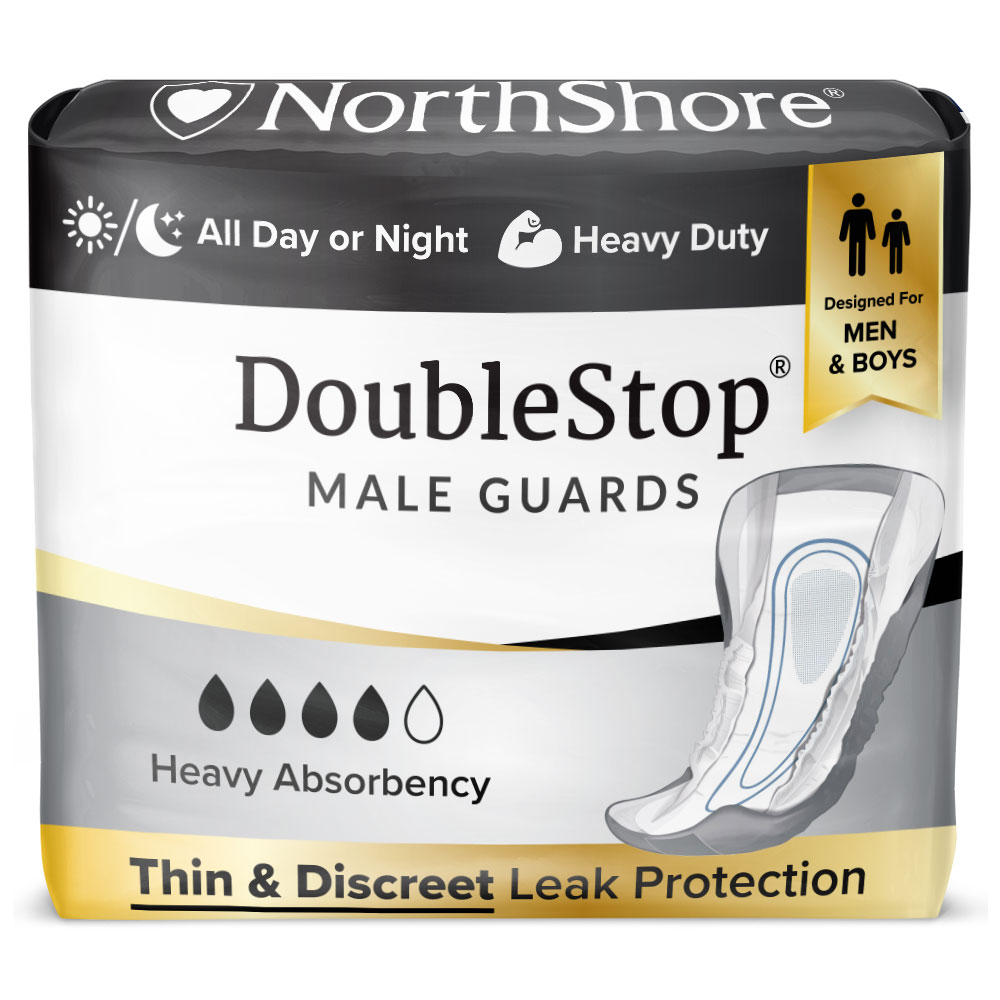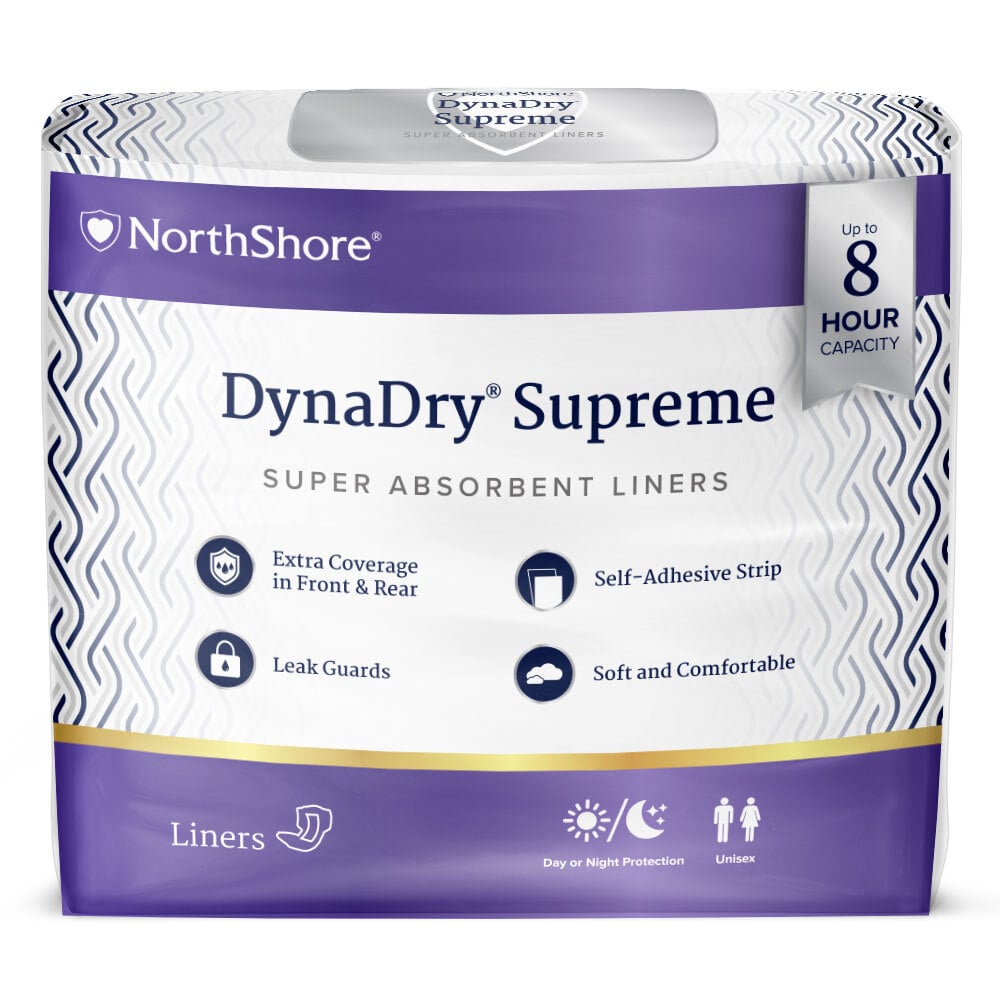5 Questions to Ask Your Doctor About Male Incontinence
Key Takeaways
-
Preparing specific questions helps men understand causes such as prostate surgery, enlarged prostate, or nerve damage.
-
Asking about treatments like pelvic floor therapy, medications, or surgical options empowers decision-making.
-
Understanding product choices like male guards, liners, or adult diapers ensures comfort and discretion.

Incontinence can happen for many reasons. Most incontinence in men, according to the National Institute on Aging, is related to the prostate gland. The prostate is a small, walnut-shaped gland in the pelvis located next to the bladder. The American Cancer Society estimates 1 in 9 men will be diagnosed with prostate cancer during their lifetime. And, those with prostate issues are at a higher risk of developing urinary incontinence, according to the Urology Care Foundation.
Symptoms
In the early stages, individuals with prostate cancer usually do not have symptoms. Always seek the advice of a health care professional when experiencing the following symptoms:
-
Dull pain in the lower pelvic area
-
Frequent urinating
-
Trouble urinating, pain, burning or weak urine flow
-
Blood in the urine
-
Pain in the lower back, hips or upper thighs
-
Loss of appetite
-
Loss of weight
-
Bone pain

Treatment Options
Often, treatment depends on the type of incontinence, severity and a person's overall health and lifestyle. Tips to address bladder issues may include:
-
Bladder Control Training
-
Pelvic Muscle Exercises (Kegel)
-
Biofeedback
-
Timed Voiding
-
Lifestyle Changes
-
Medicines
-
Nerve Stimulation
-
Surgery

Even after treatment, some people still may leak urine from time to time, according to the National Institute on Aging. That is when bladder control products and other supplies, including adult diapers, pull-ons, bed pads, urine and odor control sprays and more may help make incontinence more manageable.
Pelvic Muscle Exercises, aka Kegels
Kegel exercises have been shown to help strengthen the muscles of the bladder, which in turn can assist in controlling urination. In men, urinary incontinence can be caused by a weak urinary sphincter that may be the result of surgery for prostate cancer, an overactive bladder or other bladder issue.
According to Healthline, research shows Kegel exercises can help treat stress incontinence in men after prostate surgery. They also have been shown to help relieve overactive bladder symptoms. Kegel exercises involve squeezing and holding the pelvic muscles for 5 seconds, releasing and repeating.
Leakage can be uncomfortable and embarrassing. The constant worry of a wet spot on clothing, or sprinting to the bathroom to get to the toilet in time can be frustrating. Kegels can help strengthen the bladder for better control and less leakage. Best of all, Kegels can be done anywhere, including the comfort and privacy of home.
Questions to Ask About Kegels
If you are a man experiencing some type of bladder leakage or are living with a man managing incontinence, ask a healthcare professional if Kegels can help. Here are some important questions to ask if interested in adding Kegels to your routine.
-
Are Kegel exercises suitable for my lifestyle? If you're unable to move a certain way or have difficulty with certain exercises, Kegels may not be an option. Discuss health concerns, limitations and personal exercise preferences.
-
How do I know if I am doing Kegels correctly? Most people do Kegels wrong and it takes practice and consistent repetition for them to "work." Be sure to ask a doctor if additional training, including videos and a consultation with a pelvic floor specialist, would be helpful.
-
How will Kegels affect my prostate? Research shows Kegels can help treat stress incontinence after prostate surgery, according to Urology. They may not be effective, though, for conditions such as Prostatitis or other issues.
-
Should I do Kegel exercises for managing bowel leakage? Research shows the anal sphincter and pelvic floor exercises may help treat bowel incontinence by strengthening the muscles surrounding the bowel. A physician should be able to help determine if Kegels can help prevent or reduce episodes of incontinence.
-
What if Kegels do not address my incontinence 100%? When Kegels are not enough, absorbent products and supplies such as adult diapers, liners and absorbent underwear are great at helping manage incontinence.
Those managing incontinence will want the most absorbent protection possible. NorthShore Care Supply offers incontinence products designed exclusively for men such as male guards, absorbent underwear and tab-style briefs.
Male Incontinence Products
Whether you're working or retired, it's important to have products that prevent leaks throughout the day and night. NorthShore carries an array of products, designed for men, that help with light, moderate and heavy incontinence. Some of our most popular products for men include:
Male Guards & Liners
NorthShore DoubleStop XL Male Guards and NorthShore DynaDry Supreme Liners are great products that can both be used in underwear with adhesive for secure placement and fit.
NorthShore DoubleStop XL Male Guards
NorthShore DynaDry Supreme Liners
Depending on the amount of coverage needed, NorthShore offers high-absorbency products including adult diapers with tabs, pull-on underwear, bedding protection/chux, adult wipes, diaper covers and more.
Learn more at NorthShore's Incontinence Products for Men page or call (800) 563-0161.
*Regardless of capacity, an absorbent product must be changed immediately following a bowel movement.
Shop Products Featured in this Article






